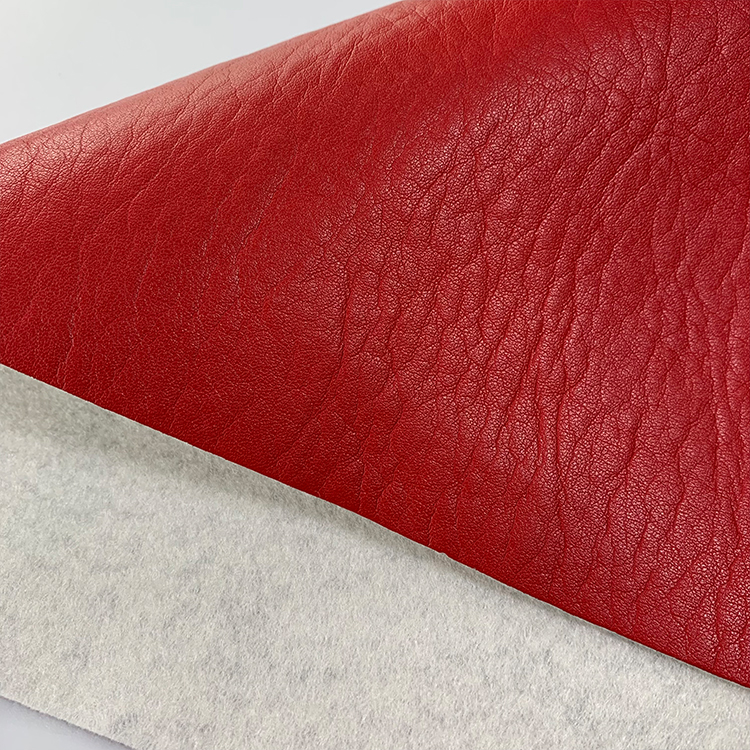Pollution in the textile industry
● Sun Ruizhe, president of China National Textile and Apparel Council, once said at the Climate Innovation and Fashion Summit in 2019 that the textile and garment industry has become the second largest polluting industry in the world, second only to the oil industry;
● According to data from China Circular Economy Association, about 26 million tons of old clothes are thrown into trash cans in my country every year, and this figure will increase to 50 million tons after 2030;
● According to the estimate of China National Textile and Apparel Council, my country throws away waste textiles every year, equivalent to 24 million tons of crude oil. At present, most old clothes are still disposed of by landfill or incineration, both of which will cause serious environmental pollution.
Solutions to pollution problems – bio-based fibers
Synthetic fibers in textiles are generally made of petrochemical raw materials, such as polyester fibers (polyester), polyamide fibers (nylon or nylon), polyacrylonitrile fibers (acrylic fibers), etc.
● With the increasing scarcity of oil resources and the awakening of people’s awareness of environmental protection. Governments have also started to take various measures to reduce the use of oil resources and find more environmentally friendly renewable resources to replace.
● Affected by oil shortage and environmental problems, traditional chemical fiber production powerhouses such as the United States, the European Union, and Japan have gradually withdrawn from conventional chemical fiber production, and have turned to bio-based fibers that are more profitable and less affected by resources or the environment.
Bio-based polyester materials (PET/PEF) can be used in the manufacture of bio-based fibers and biobased leather.
In the latest report of “Textile Herald” on “Review and Prospect of World Textile Technology”, it was pointed out:
● 100% bio-based PET has taken the lead in entering the food industry, such as Coca-Cola beverages, Heinz food, and the packaging of cleaning products, and has also entered the fiber products of well-known sports brands such as Nike;
● 100% bio-based PET or bio-based PEF T-shirt products have been seen in the market.
As people’s awareness of environmental protection continues to increase, bio-based products will have inherent advantages in the fields of medical, food and health care products that are closely related to human life.
● my country’s “Textile Industry Development Plan (2016-2020)” and “Textile Industry “Thirteenth Five-Year Plan” Scientific and Technological Progress Outline clearly pointed out that the next work direction is: to develop new bio-based fiber materials to replace petroleum resources, to promote Industrialization of marine bio-based fibers.
What is bio-based fiber?
● Bio-based fibers refer to fibers made from living organisms themselves or their extracts. For example, polylactic acid fiber (PLA fiber) is made of starch-containing agricultural products such as corn, wheat, and sugar beet, and alginate fiber is made of brown algae.
● This kind of bio-based fiber is not only green and environmentally friendly, but also has excellent performance and greater added value. For example, the mechanical properties, biodegradability, wearability, non-flammability, skin-friendly, antibacterial, and moisture-wicking properties of PLA fibers are not inferior to those of traditional fibers. Alginate fiber is a high-quality raw material for the production of highly hygroscopic medical dressings, so it has special application value in the medical and health field. such as, we have new material call biobased leather/vegan leather.
Why test products for biobased content?
As consumers increasingly favor environmentally friendly, safe, bio-sourced green products. The demand for bio-based fibers in the textile market is increasing day by day, and it is imperative to develop products that use a high proportion of bio-based materials to seize the first-mover advantage in the market. Bio-based products require the bio-based content of the product whether it is in the research and development, quality control or sales stages. Biobased testing can help manufacturers, distributors or sellers:
● Product R&D: Bio-based testing is carried out in the process of bio-based product development, which can clarify the bio-based content in the product to facilitate improvement;
● Quality control: During the production process of bio-based products, bio-based tests can be carried out on the supplied raw materials to strictly control the quality of product raw materials;
● Promotion and marketing: Bio-based content will be a very good marketing tool, which can help products gain consumer trust and seize market opportunities.
How can I identify the biobased content in a product? – Carbon 14 test
Carbon-14 testing can effectively differentiate bio-based and petrochemical-derived components in a product. Because modern organisms contain carbon 14 in the same amount as the carbon 14 in the atmosphere, while petrochemical raw materials do not contain any carbon 14.
If the bio-based test result of a product is 100% bio-based carbon content, it means that the product is 100% bio-sourced; if the test result of a product is 0%, it means that the product is all petrochemical; if the test result is 50%, It means that 50% of the product is of biological origin and 50% of the carbon is of petrochemical origin.
Test standards for textiles include American standard ASTM D6866, European standard EN 16640, etc.
Post time: Feb-22-2022















